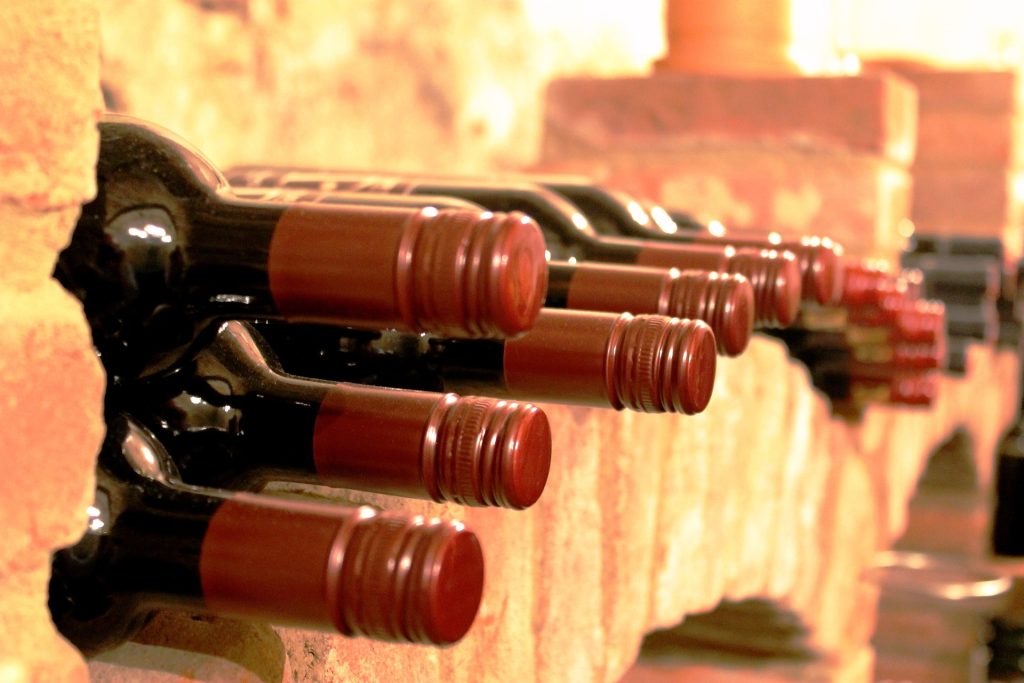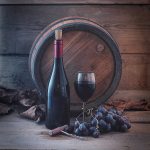Introduction
Wine tasting is an enjoyable and educational experience that allows enthusiasts to explore the complexities of red wine. Developing effective tasting techniques can enhance your appreciation for wine and improve your ability to identify flavors and aromas. This article outlines essential wine tasting techniques to help you savor every sip.
1. Prepare Your Palate
Before diving into a tasting, it’s important to prepare your palate:
- Neutral Environment: Ensure that the tasting environment is neutral, free from strong odors or distractions. A calm and quiet space allows you to focus on the wine.
- Avoid Strong Foods: Refrain from consuming strong-flavored foods or beverages (such as coffee or garlic) before tasting. These can linger on your palate and affect your perception of the wine.
2. The Tasting Process
The wine tasting process involves several steps, each designed to engage your senses:
- Visual Examination: Begin by observing the wine’s color and clarity. Tilt the glass against a white background to assess its hue. Note the intensity and any variations in color, which can indicate the wine’s age and grape variety.
- Swirling: Gently swirl the wine in the glass to aerate it. This action releases volatile compounds, enhancing the wine’s aromas. Swirling also allows you to observe the wine’s “legs” or “tears,” which can indicate alcohol content and viscosity.
- Aroma Assessment: Bring the glass to your nose and take a deep inhale. Try to identify the different aromas present in the wine. Focus on primary scents (fruits and flowers), secondary scents (oak and fermentation), and tertiary scents (earthiness and aging). Take your time, as aromas can evolve over time.
3. Tasting the Wine
Once you’ve assessed the wine’s appearance and aroma, it’s time to taste:
- Take a Small Sip: Allow the wine to coat your palate. Pay attention to the initial flavors and how they evolve as you chew the wine. Consider the balance of sweetness, acidity, tannins, and alcohol.
- Identify Flavor Notes: Try to identify specific flavors in the wine. Common flavor notes in red wine include dark fruits (blackberry, plum), spices (pepper, clove), and earthy elements (mushroom, leather). Take note of any unique characteristics that stand out.
- Evaluate the Finish: After swallowing, assess the wine’s finish. A long, pleasant finish often indicates a high-quality wine. Consider how the flavors linger on your palate and whether they evolve over time.
4. Engaging in Discussion
Wine tasting is often a communal experience:
- Share Impressions: Engage with fellow tasters and share your impressions of the wine. Discussing flavors, aromas, and preferences can deepen your understanding and appreciation of the wine.
- Take Notes: Keep a tasting journal to record your observations. Note the wine’s name, vintage, and your impressions. This practice helps you remember your favorites and refine your palate over time.
Conclusion
Wine tasting is an art that combines sensory evaluation with personal enjoyment. By following these techniques, you can enhance your tasting experience and develop a deeper appreciation for the nuances of red wine. Whether tasting alone or with friends, savoring every sip will enrich your journey through the world of wine.


